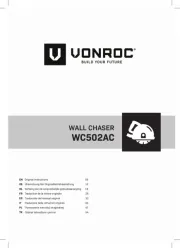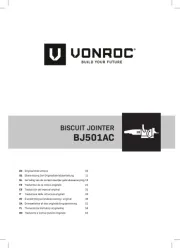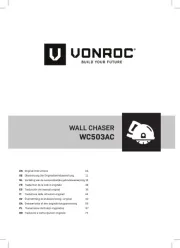Güde GBF 550 Manual
Læs gratis den danske manual til Güde GBF 550 (64 sider) i kategorien Fræsemaskine. Denne vejledning er vurderet som hjælpsom af 13 personer og har en gennemsnitlig bedømmelse på 4.8 stjerner ud af 7 anmeldelser.
Har du et spørgsmål om Güde GBF 550, eller vil du spørge andre brugere om produktet?

Produkt Specifikationer
| Mærke: | Güde |
| Kategori: | Fræsemaskine |
| Model: | GBF 550 |
Har du brug for hjælp?
Hvis du har brug for hjælp til Güde GBF 550 stil et spørgsmål nedenfor, og andre brugere vil svare dig
Fræsemaskine Güde Manualer



Fræsemaskine Manualer
- Truper
- Einhell
- AL-KO
- Yato
- Carat
- Westfalia
- Grizzly
- Anova
- Mafell
- RIKON
- Duro
- Vonroc
- Felisatti
- DeWalt
- Meec Tools
Nyeste Fræsemaskine Manualer









